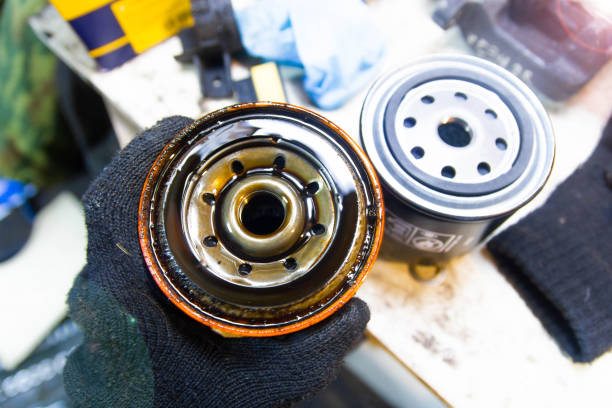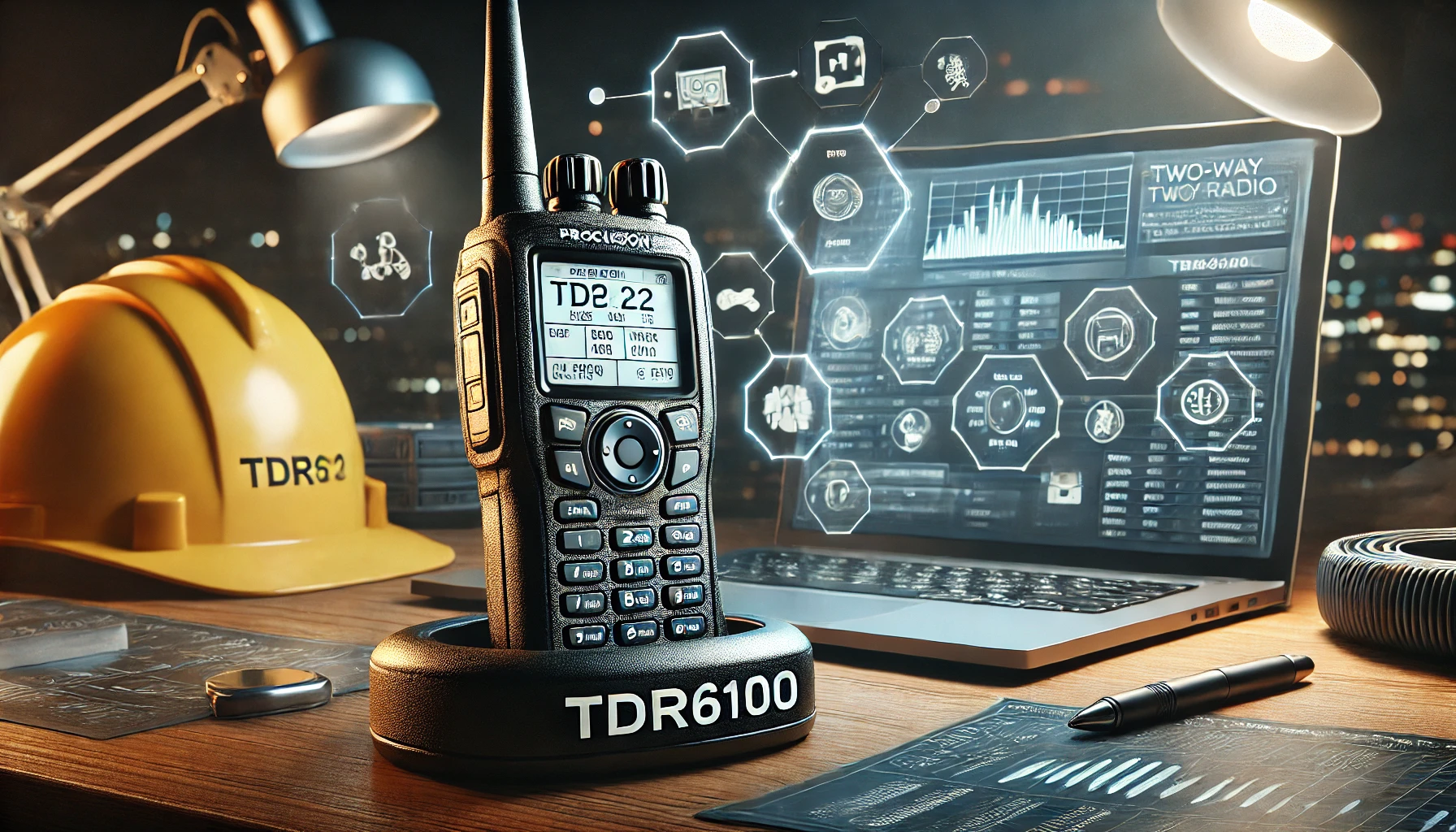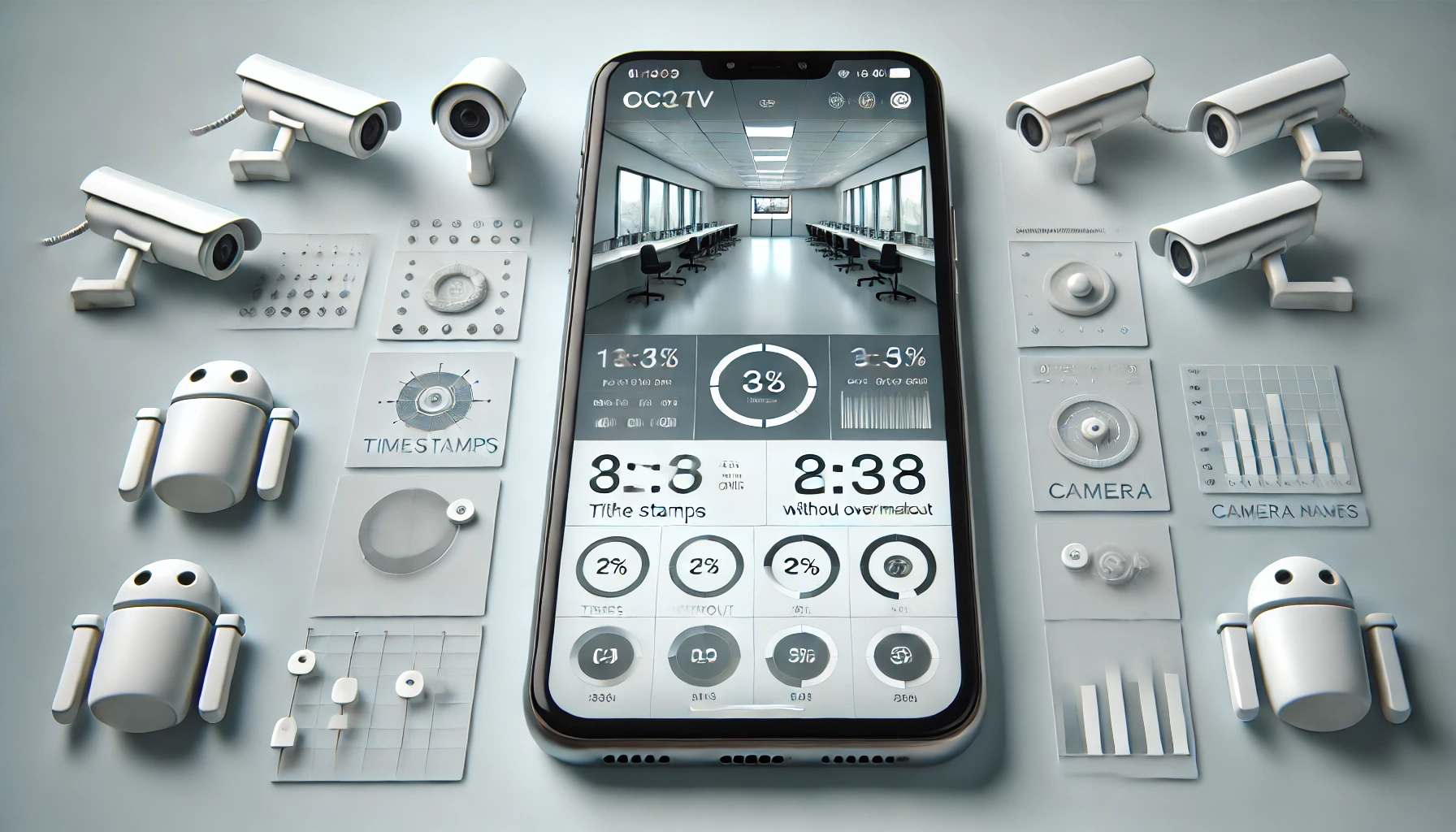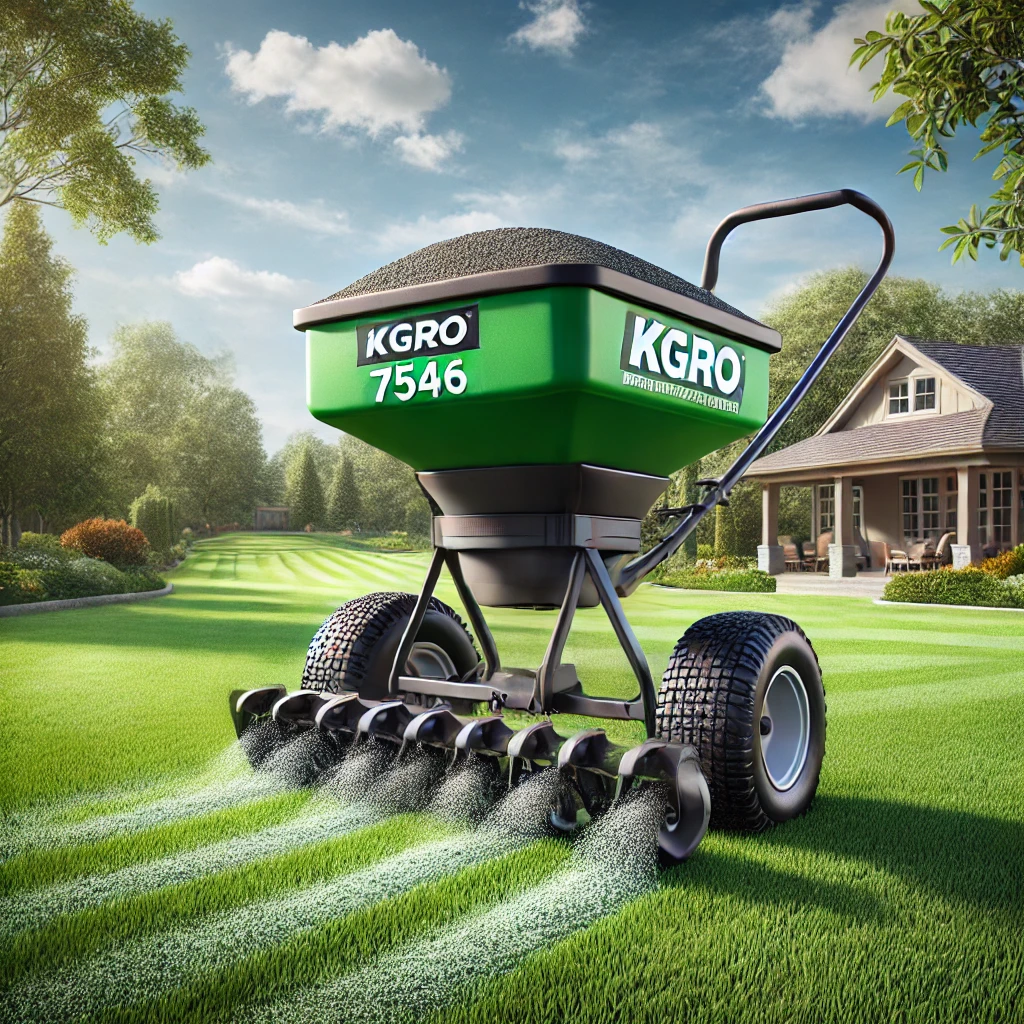Introduction
Power Take-Off (PTO) clutches are integral parts of many agricultural and industrial machines, allowing the transfer of power from the engine to another part of the machine, usually to drive attachments such as mowers, blowers, or pumps.
However, when a PTO clutch fails to engage, it can halt your operations, leading to downtime and potential damage to your equipment.
This article explores the common causes, symptoms, and solutions for PTO clutch engagement problems, providing you with a comprehensive guide to troubleshooting and fixing these issues.
What Would Cause PTO Clutch Not to Engage
Understanding why a PTO clutch fails to engage is crucial for diagnosing and fixing your equipment. The problem could stem from several sources, including electrical malfunctions, mechanical wear, or improper installation.
This section dives deep into the mechanics of PTO clutches, highlights typical symptoms of failure, and discusses major causes, ensuring you have all the necessary information to begin troubleshooting.
Understanding PTO Clutch Mechanics
A PTO clutch operates through an electromagnetic force that engages or disengages the clutch plate. It’s essential to grasp how this mechanism works to diagnose issues effectively.
When the clutch fails, it’s often due to a breakdown in this electromagnetic process, which can be caused by several factors, ranging from worn-out parts to electrical faults.
Common Symptoms of PTO Clutch Failure
Identifying the early signs of a failing PTO clutch can save you from more significant problems down the road. Symptoms include:
– Inability to Engage: The most apparent sign that something is wrong.
– Unusual Noises: Squealing or grinding sounds when trying to engage the clutch.
– Overheating Clutch Components: Can indicate excessive friction or a malfunctioning clutch plate.
Major Causes of PTO Clutch Engagement Problems
The root causes of PTO clutch issues are generally grouped into three categories:
– Electrical Failures: Includes issues like faulty wiring, damaged solenoids, or poor battery connections.
– Mechanical Wear and Tear: Normal use can lead to wear on clutch plates and
other mechanical components.
– Incorrect Installation or Adjustment: Improperly aligned or adjusted clutches can fail to engage correctly.
Diagnostic Steps to Identify PTO Clutch Issues
Before you can fix a problem, you need to know what you’re dealing with. This involves several diagnostic steps:
– Checking Electrical Connections: Ensure all wiring is intact and securely connected.
– Inspecting for Physical Damage: Look for signs of wear or damage on the clutch itself.
– Testing Clutch Engagement: Manually test the clutch to see if it engages when activated.
How to Fix a PTO Clutch That Won’t Engage
Once you’ve diagnosed the problem, fixing it is the next step. Solutions may involve:
– Repairing Electrical Issues: Replace or repair any faulty electrical components.
– Replacing Worn Components: Swap out damaged or worn parts to restore functionality.
– Adjusting the Clutch Settings: Sometimes, a simple adjustment is all that’s needed to get things working again.
Preventive Measures to Avoid Future Clutch Problems
Maintenance is key to preventing future issues with your PTO clutch. Regular checks and routine care can significantly extend the life of your clutch and prevent many common problems. This section outlines essential maintenance tips and regular inspection checkpoints.
Read more information on PTO Clutch Troubleshoot & Tips
Conclusion
Maintaining your PTO clutch not only ensures it operates at peak efficiency but also prevents downtime and extends the lifespan of your equipment.
By understanding the causes of engagement issues and implementing routine maintenance, you can keep your machinery running smoothly and avoid the hassle and expense of unexpected repairs.
FAQs
How often should a PTO clutch be inspected?
Routine inspections are crucial for maintaining the health of your PTO clutch. Depending on the frequency of use and operating conditions, inspecting the clutch at least once every season or every 50 to 100 hours of operation is recommended. Regular inspections help identify potential issues early on, preventing costly repairs and downtime.
What is the lifespan of a PTO clutch?
The lifespan of a PTO clutch varies depending on various factors such as usage, maintenance, and operating conditions. Generally, a well-maintained PTO clutch can last anywhere from 1,000 to 10,000 hours of operation. However, proper care, regular inspections, and timely repairs can significantly extend the clutch’s lifespan.
Can a malfunctioning PTO clutch affect other systems?
Yes, a malfunctioning PTO clutch can have cascading effects on other systems of your equipment. For example, if the clutch fails to disengage properly, it can put excessive strain on the engine, transmission, or other drivetrain components. Additionally, issues with the PTO clutch can affect the performance of attached implements, leading to reduced efficiency and potential damage.
What are some signs of impending PTO clutch failure?
Several warning signs indicate potential PTO clutch problems, including:
- Difficulty engaging or disengaging the clutch
- Unusual noises such as grinding, squealing, or clicking
- Slipping or jerking movements when engaging the PTO
- Excessive heat or burning smells coming from the clutch area
- Visible wear or damage on clutch components
How can I prevent PTO clutch problems?
Preventive maintenance is key to avoiding PTO clutch issues. Here are some tips to keep your PTO clutch in top condition:
- Follow the manufacturer’s recommended maintenance schedule.
- Inspect the clutch regularly for signs of wear or damage.
- Keep the clutch and surrounding area clean and free of debris.
- Use quality lubricants and fluids as recommended by the manufacturer.
- Avoid overloading the PTO or operating it beyond its rated capacity.
- Address any issues promptly to prevent further damage or failure.
What should I do if my PTO clutch fails to engage?
If your PTO clutch fails to engage, it’s essential to troubleshoot the problem promptly to avoid downtime and potential damage to your equipment. Start by checking for common issues such as electrical faults, mechanical wear, or improper adjustments. If you’re unable to diagnose or fix the problem yourself, it’s best to consult a qualified technician or mechanic for assistance.











Leave a Reply